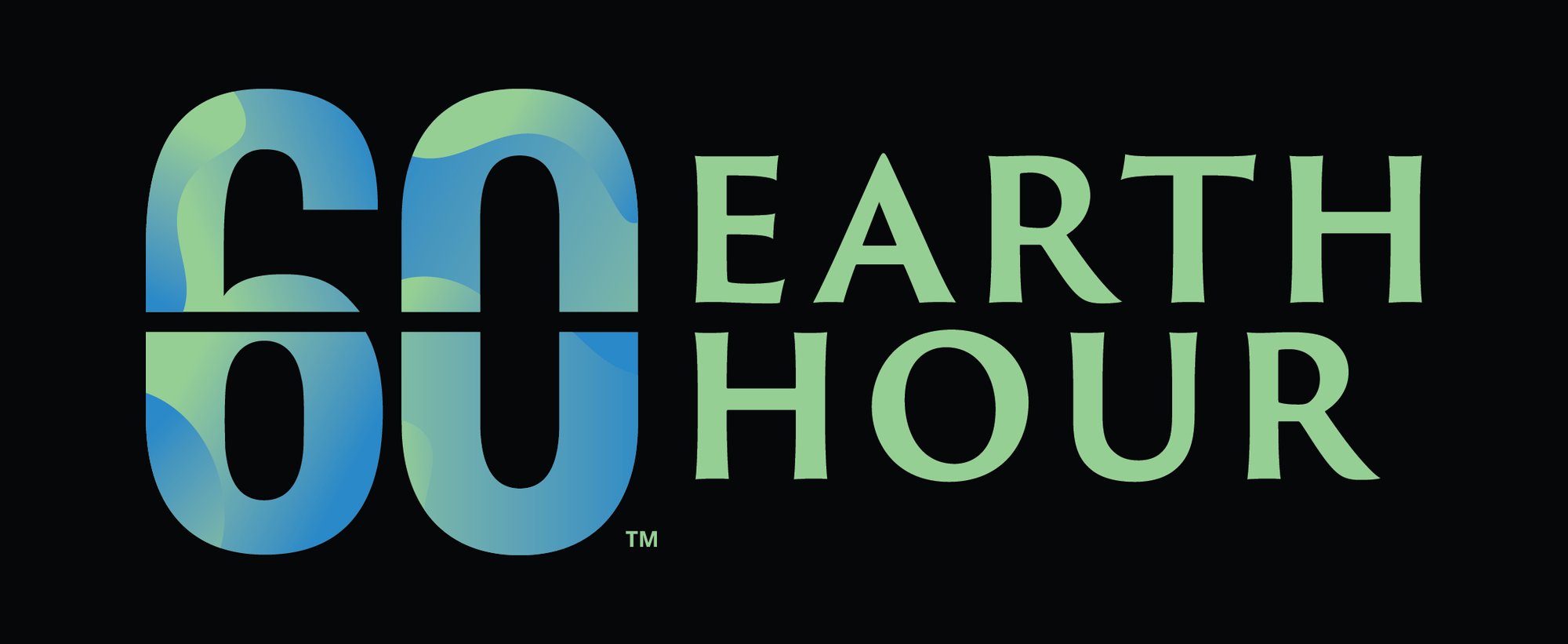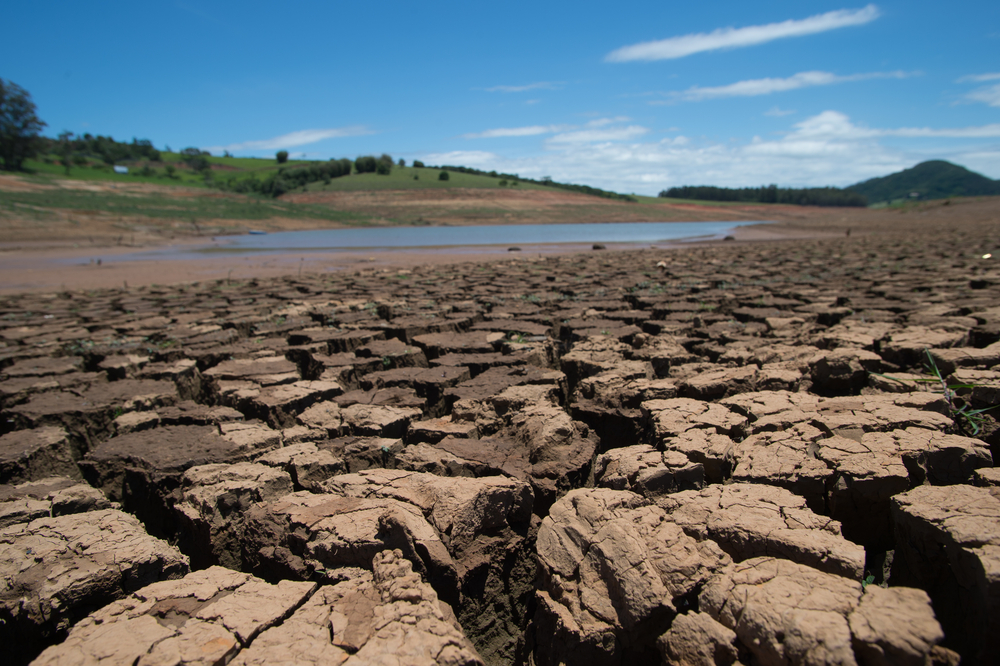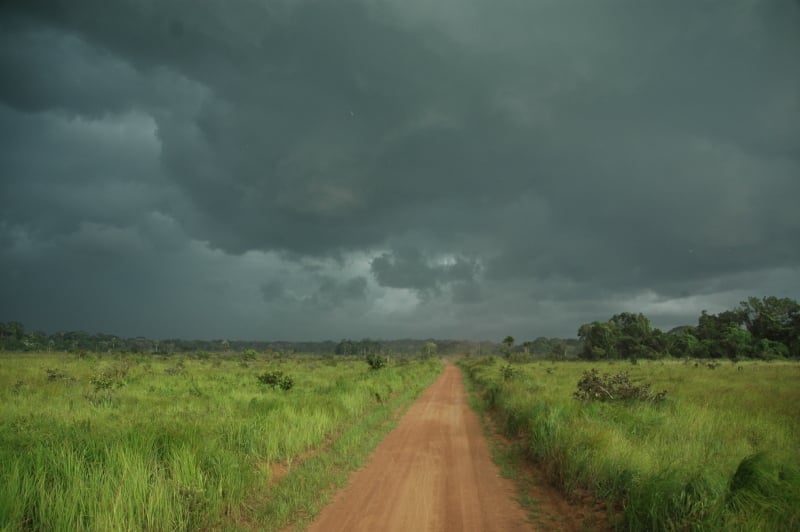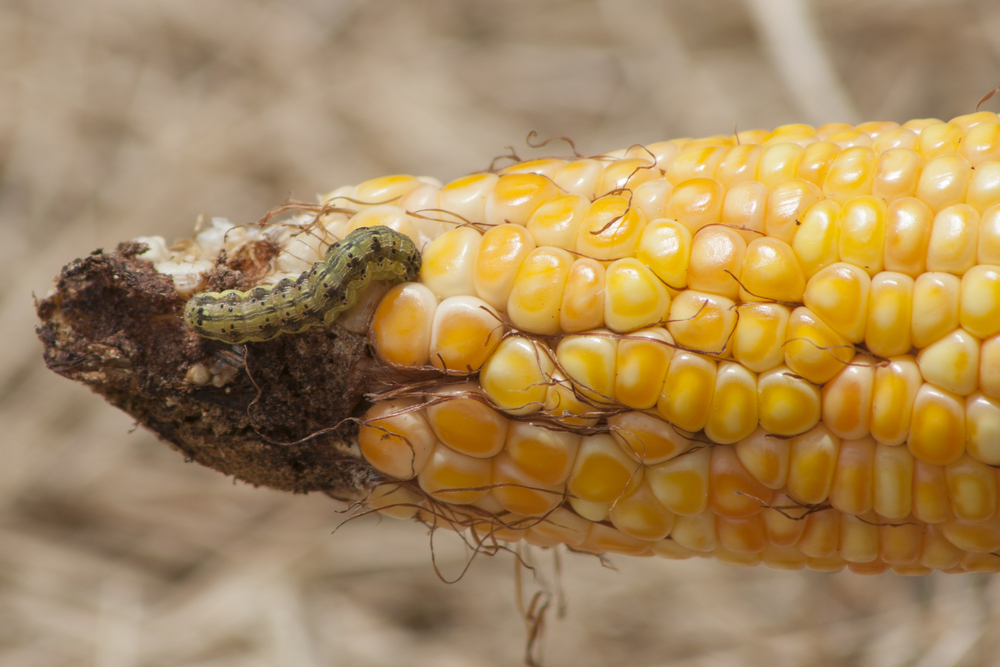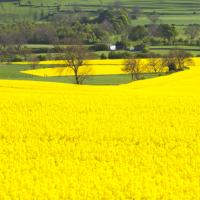
One of the most common and yet absolutely untrue allegations made against climate change is that it is not personal. Climate change is a people issue and to drive this critical message home we decided to talk about climate change and its impact on something as personal as it can ever be: food. Changing climate will have a huge effect on the crops we grow and the livestock we raise. At first blush, it may seem that warmer weather farther north will increase growing seasons and open up more cold landscapes to agriculture. But a closer look reveals climate change’s impacts on weather patterns will have many seriously adverse effects that will threaten food security around the world. Here are a few of the insidious ways climate change will pose a threat:
Drought
One of the biggest impacts of climate change is already being seen in regions around the world, from California to Cameroon. While California, home of a $46 billion dollar agriculture industry running on reserve water capacity today, grabs headlines, it's not the only place suffering.
In Colombia, prolonged drought in the department of La Guaijira has caused undernutrition to reach unprecedented levels. Rivers in the region such as the Magdalena, Pance and Cauca have hit record lows of water levels- in fact, locals say one can even cross the rivers that hydrate Colombia’s famed Santa Marta city, South America's oldest surviving city, on foot!
Aquifer depletion
One coping mechanism farmers have for drought years is to keep their crops alive with groundwater. But, unlike relying on rain, pulling water from aquifers has serious long-term effects. Aquifers are fed by rain, so they suffer naturally through drought, too. Using large quantities for irrigation compounds this problem, removing in a single season what would take years of normal rain to replenish.
Ogallala Aquifer, a massive system that runs under the American Great Plains and provides water for people and agriculture from Texas to the Dakotas, has had the equivalent of two-thirds of Lake Erie depleted since 1940. NASA images released in June 2015 show aquifer depletion is happening worldwide, threatening our ability to feed ourselves now and in the future.
Storms
While the West dries out, the eastern United States is expected to experience stronger storms. Large events, like Superstorm Sandy or Hurricane Irene, have obviously harmful effects, washing away crops and damaging infrastructure that enables farmers to get their products harvested and to consumers.
But more insidious are the less notable and unnamed heavy downpours, which are also expected to increase. These wash away topsoil, leaving the land less fertile, and delay planting times, both of which make the land less productive.
Copyright: Jaap van der Waarde / WWF
The Spread of Pests
Carbon dioxide is to plants what oxygen is to humans. Unfortunately, that’s true for weeds, too. In New Zealand, for example, if left uncontrolled, weeds could invade more than half a million hectares of protected land within 15 years, posing a threat to one third of the country’s threatened plant species.
Furthermore, scientists have found that as climates “migrate”, insects and fungi are moving toward the poles too. Researchers from Exeter and Oxford calculated that pests move an average of nearly two miles each year. Already, the amount of crops lost to pests could feed nearly 650 million people—currently about nine percent of the world’s population. As they spread, this number will only increase.
Ocean Acidification
Dried up crops and brown fields make for potent images of climate impacts, but not all threats to our food security are visible or on land. One of the scariest and potentially most dangerous effects of global warming is ocean acidification. Our oceans absorb 30% of the carbon dioxide we produce and beneath the surface, carbon pollution is changing the chemical makeup of the seas. Many marine species can't survive in this new, more acidic environment. This harms both things we directly consume, like shellfish, and things we don't, like plankton, whose critical link in the food chain ripples up, putting tuna, cod and other seafood staples at risk of starving. Colder waters, like those in Alaska, are particularly at risk.
Seafood is a large part of many people's diets around the world. According to the World Health Organization, fish and shellfish account for between 14-16 percent of animal protein consumed by people. In “low-income, food-deficit” countries, fish contributes closer to 20 percent of their animal protein.
Copyright: Jürgen Freund / WWF
Each of these issues can have serious consequences on its own. Compounded, they have the makings of a literal food crisis. Maintaining our food security requires that we make immediate changes in our energy infrastructure to reduce emissions and (hopefully) slowly but surely change climate change.
Emily Logan is Director of Acquisition and Retention at Care2, where her team works with member activists to spread the word about their petitions on ThePetitionSite, builds petition campaigns into full-scale organizing efforts, and helps keep current Care2 members happy and engaged. In her time at Care2 she has also worked extensively with hundreds of nonprofit organizations to help recruit activists and donors and build out their online strategies. Emily has a B.S. in journalism and a B.A. in music from Cal Poly, San Luis Obispo and currently lives in rainy Portland, Oregon with her cat, Ostrich.
